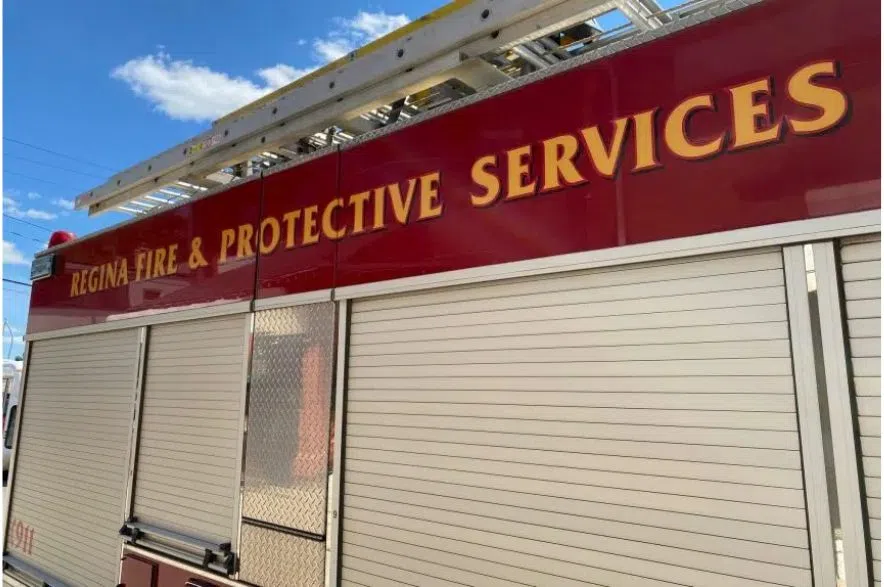Regina Fire & Protective Services said it responded to a high number of suspected overdoses with reports of unconsciousness and cardiac arrest on Tuesday, according to an alert from the Saskatchewan Ministry of Health.
“Some cases required multiple doses of naloxone and emergency medical responses, including hospital intervention,” the alert read.
Read more:
- Ministry of Health issues drug and overdose alert for Regina area
- Overdose alert issued after Regina sees four suspected overdose deaths in a week
- Health ministry issues overdose risk for Saskatoon and area
The substance is “unknown,” but in some cases, “individuals believed they obtained methamphetamine (crystal meth, meth),” but it may contain fentanyl or other unknown opioids.
While it might take multiple doses of naloxone, the Ministry noted that “naloxone will counter the effects of opioids, but not other substances like methamphetamine.”
The associated risks with this drug alert include a high risk of overdose, unconsciousness and cardiac arrest.
The alert remains in effect until Nov. 26.
Previous alerts for the Regina area
In June, the Ministry of Health issued an overdose alert after Regina saw four suspected overdose deaths in a single week.
According to the ministry, many of the 54 suspected overdoses police reported in the Queen City between June 5 and June 12 required multiple doses of naloxone to revive the patients. Fentanyl, a powerful synthetic opioid, is suspected to be behind the rash of overdoses.
The ministry said some of the risks “can be reduced, but not eliminated” by getting a take-home naloxone kit, calling the National Overdose Response Service if using drugs alone, taking advantage of drug-checking services and sharing the alert.
“The Good Samaritan Drug Overdose Act protects individuals who seek emergency help during an overdose or who witness an overdose,” read the statement.
Safe Public Spaces (Street Weapons) Act
In April, the Government of Saskatchewan introduced legislation that would classify fentanyl, methamphetamine and hypodermic needles as categories of “street weapons.”
The act was passed in the spring and came into force Aug. 1.
“The government recognizes that many items used as street weapons have legitimate, legal purposes. The legislation contains appropriate exemptions to ensure these items can continue to be used for their lawful purposes, such as medical treatment, food preparation and protection from wildlife threats,” the Saskatchewan Ministry of Justice explained in a statement.
Read more:











